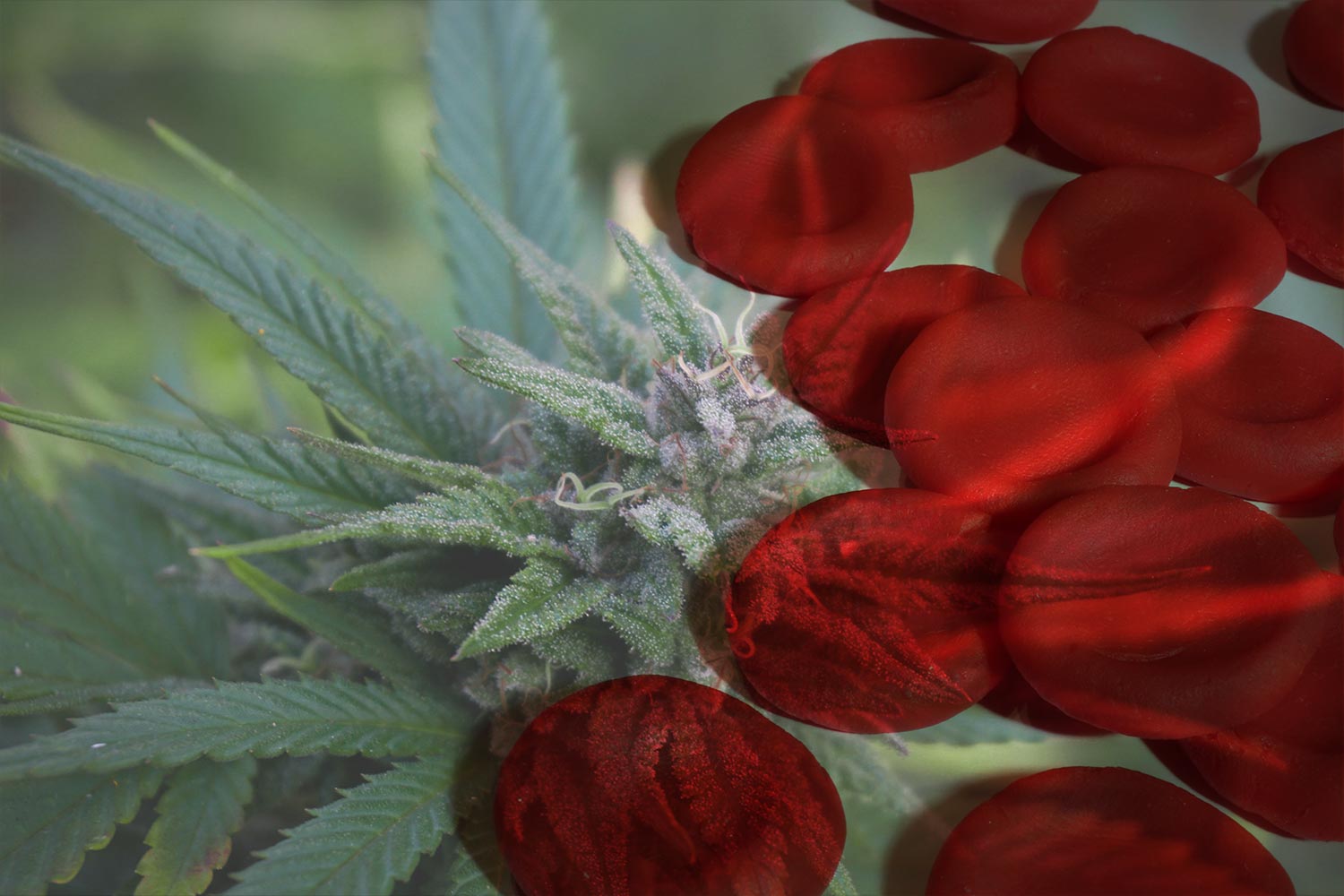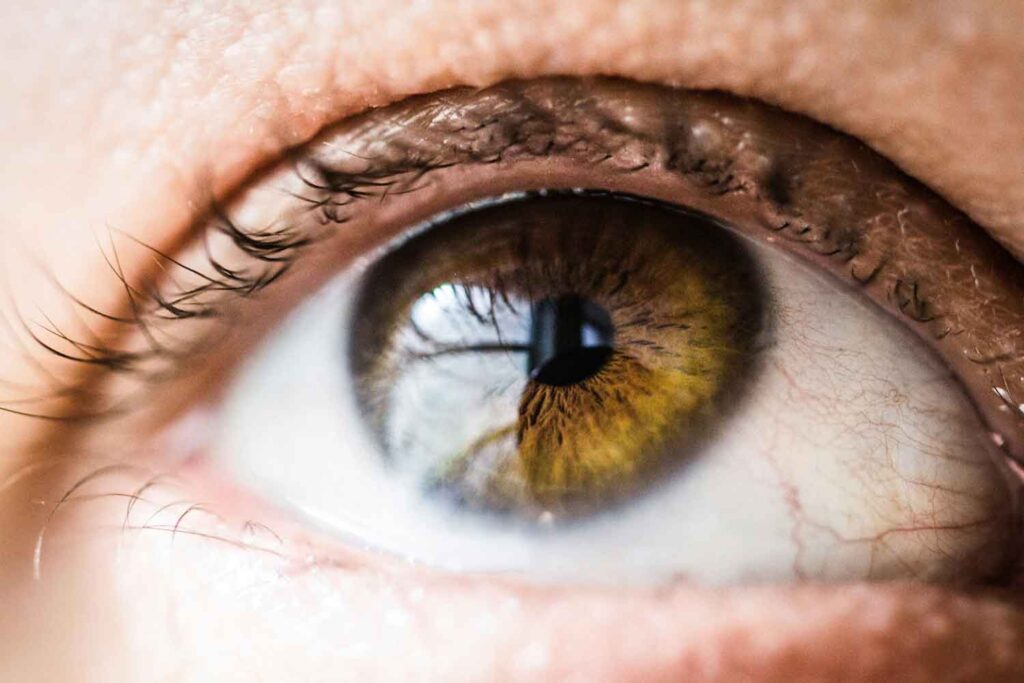Marijuana for chronic pain in sickle cell disease patients

Marijuana being used for pain relief is not a new phenomenon. As a matter of fact, 62% of people who use medical marijuana, use it for chronic pain relief. People with a variety of conditions that cause pain such as migraines, turn to marijuana to alleviate them.
One condition that predominately affects Black people and is also very painful is sickle cell disease. Sickle cell disease affects between 1-3 million Americans and between 8-10% of African-Americans. According to new research, marijuana can help alleviate sickle cell pain also called ‘pain crisis’. Before we get into the research, let’s go into what sickle cell disease is.
Featured Photo Source: Pexels/Unsplash (mashup)
What is sickle cell disease?
Sickle cell disease, also known as sickle cell anemia is an inherited disease. Those with the disease have some sickle-shaped red blood cells. If you’re having difficulty picturing what a sickle-shaped is, think of a crescent moon, it looks similar to that. Red blood cells are supposed to be round or disc-shaped. Their shape allows them to be flexible and move easily through blood vessels.
On the other hand, sickle-shaped cells, according to Healthline are rigid, sticky, and get stuck in blood vessels. When they get stuck in the blood vessels, that hinders blood from going to various other parts of the body. The consequences of that are tissue damage and pain.
You may be wondering how people get this disease. Since sickle cell is an autosomal recessive condition, both parents would have had to contribute the gene for the disease. However, if you get one copy of the gene from either parent, that’s known as the sickle cell trait.
Treatment for sickle cell disease
There are a variety of treatments according to Healthline. One treatment is to provide rehydration via IV fluids. Healthline says, “Rehydration with intravenous fluids helps red blood cells return to a normal state. The red blood cells are more likely to deform and assume the sickle shape if you’re dehydration.”
In terms of dealing with pain, depending on the severity, someone may opt for over the counter pain medication or require a prescription to get something stronger like morphine.
Since morphine is an opioid, there are certain things, such as addiction, overdose and sensitivity to pain which may arise. Fortunately, marijuana has shown in studies to not increase pain sensitivity. In addition to that, marijuana isn’t very addicting nor are you likely to overdose on it.
Marijuana and sickle cell pain
The study, “Effect of Inhaled Cannabis for Pain in Adults With Sickle Cell Disease A Randomized Clinical Trial”, had 23 participants for the randomized clinical study. The study didn’t find much difference between those who received marijuana for pain versus the placebo. The researchers said, “There was no statistically significant mean (SD) difference in pain interference ratings between cannabis and placebo between days 1 and 5 for interference in general activities”. The general activities they were referring to are walking, sleeping, and enjoyment. However, using the vaporized weed helped with mood. Interestingly, the patients did feel like the pain interfered less with general activities. It’s just that it wasn’t statistically significant.
The study concluded that “vaporized cannabis did not statistically significantly reduce pain and associated symptoms, except interference in mood, in patients with SCD with chronic pain.”
However, researchers are suggesting that others do similar and longer studies. Their premise is that since there were no serious adverse effects to using weed unlike using opiods for the pain, then it’s worth looking into.
Other studies done on marijuana and sickle cell pain
Other studies on marijuana and how people with sickle cell disease use it, show interesting results. One survey showed that 62% of people with sickle cell disease use medical marijuana.
One contradictory study shows that those who used marijuana everyday had more severe pain from their sickle cell disease. However, this means that people who have more severe pain opt for daily marijuana use because it helps them. In addition to that, they tend to have fewer hospitalizations. Another study found something similar regarding hospitalization. This study shows that those who opted to use medical marijuana had fewer hospitalization in the six months following use.
According to an anonymous questionnaire study done in England, sickle cell suffers who used cannabis had more frequent and severe pain. However, many of them have admitted that they use cannabis to manage their pain. 35% of them reported an improvement in mood, 42% reduced their use of painkillers and 52% had improvements in their anxiety and depression. In addition to that 61% of cannabis users who had sickle cell disease reported an improvement in sleep.
Which cannabinoids in marijuana treat pain?
According to Medical News Today, tetrahydrocannabinol (THC), when consumed, interacts with the endocannabinoid system and reduces pain. Cannabidiol (CBD) also helps with pain relief. More research is needed to determine whether or not other cannabinoids are involved with the pain relief. The entourage effect is when cannabinoids work together.
Conclusion
Plenty of people who have sickle cell disease use marijuana for its pain-relieving properties. Interestingly, many of the people with sickle cell disease who use marijuana have pretty severe pain. However, it seems that weed helps to alleviate these symptoms. These same people also find that they have fewer hospitalization when they use weed.
The good news is that marijuana doesn’t seem to have serious adverse effects on most people. Therefore, it’s worth continuing to look at marijuana as a viable solution and alternative to opioids. Opioids, on the other hand, cause several negative effects such as death from overdosing among others. We look forward to more research in the field.












